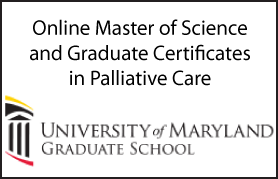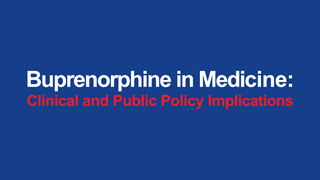Does caffeine improve respiratory rate during remifentanil target controlled infusion sedation? A case report in endoscopic sedation
DOI:
https://doi.org/10.5055/jom.2017.0376Keywords:
remifentanil, sedation, caffeine, spontaneous breathing, apnea, endoscopy, methylxanthine, respiratory centerAbstract
Sedation for endoscopic procedures may be challenging when facing patients with high risk. Traditional techniques, as propofol or meperidine/midazolam administration, cannot ensure an adequate level of safety and efficacy for these patients. Remifentanil infusion is a common alternative, but the incidence of apneic events does not allow achieving safely a good level of analgesia. To overcome with this issue, the authors borrowed suggestions from other medical fields. The clinical practice has recognized a wide utility of methylxanthines (caffeine, theophylline, etc). The positive effect of caffeine on the airways function is known and in the treatment of neonatal apnea, it works as direct stimulant of central respiratory center. Furthermore, preclinical studies suggest that methylxanthines could have a protective role on the opioids inhibition of the bulbar-pontine respiratory center. As described in this report, the authors observed that, also when apnea has been induced by remifentanil, caffeine is able to restore the respiratory rate. The authors present the management of a respiratory impaired patient scheduled for a therapeutic colonoscopy. Our sedation was focused on the match between remifentanil in target controlled infusion and intravenous caffeine, like an “expresso to wake-up” the respiratory drive.
References
Welsh EJ, Bara A, Barley E, et al.: Caffeine for asthma. Cochrane Database Syst Rev. 2010; (1): CD001112.
Karamnov S, Sarkisian N, Grammer R, et al.: Analysis of adverse events associated with adult moderate procedural sedation outside the operating room. J Patient Saf. 2014 (in press).
Nieuwenhuijs D, Sarton E, Teppema LJ, et al.: Respiratory sites of action of propofol: Absence of depression of peripheral chemoreflex loop by low-dose propofol. Anesthesiology. 2001; 95(4): 889-895.
Fabio S, Rossella G, Mariella de R, et al.: Minimizing stress with remifentanil in a patient with Takotsubo undergoing ophthalmic surgery. J Opioid Manag. 2016; 12(1): 86-88.
Kraaijenga JV, Hutten GJ, de Jongh FH, et al.: The effect of caffeine on diaphragmatic activity and tidal volume in preterm infants. J Pediatr. 2015;167(1): 70-75.
Matera MG, Calzetta L, Rogliani P, et al.: New treatments for COPD in the elderly. Curr Pharm Des. 2014; 20(38): 5968-5982.
Ruangkittisakul A, Ballanyi K: Methylxanthine reversal of opioid-evoked inspiratory depression via phosphodiesterase-4 blockade. Respir Physiol Neurobiol. 2010; 172(3): 94-105.
Published
How to Cite
Issue
Section
License
Copyright 2005-2024, Weston Medical Publishing, LLC
All Rights Reserved












